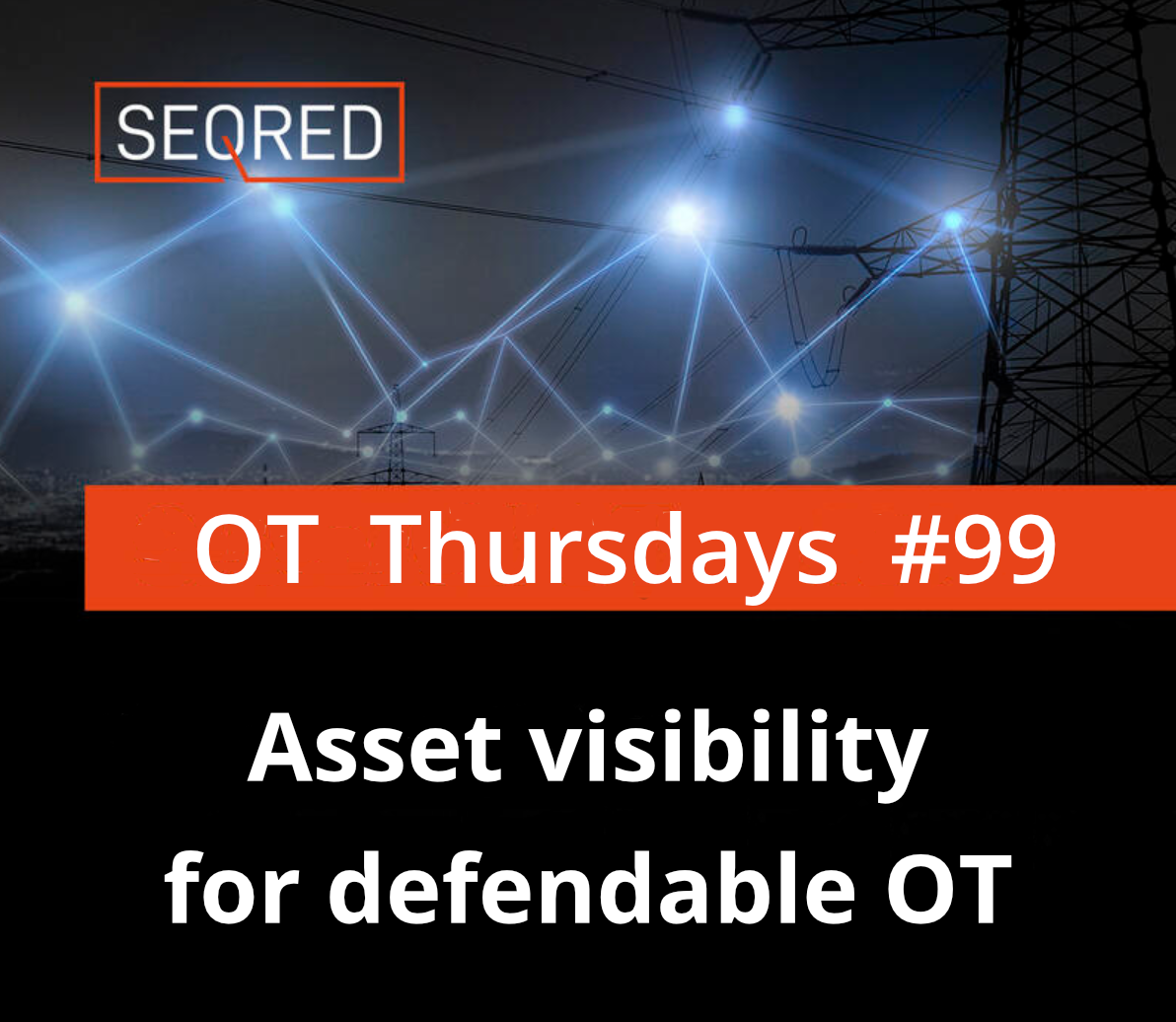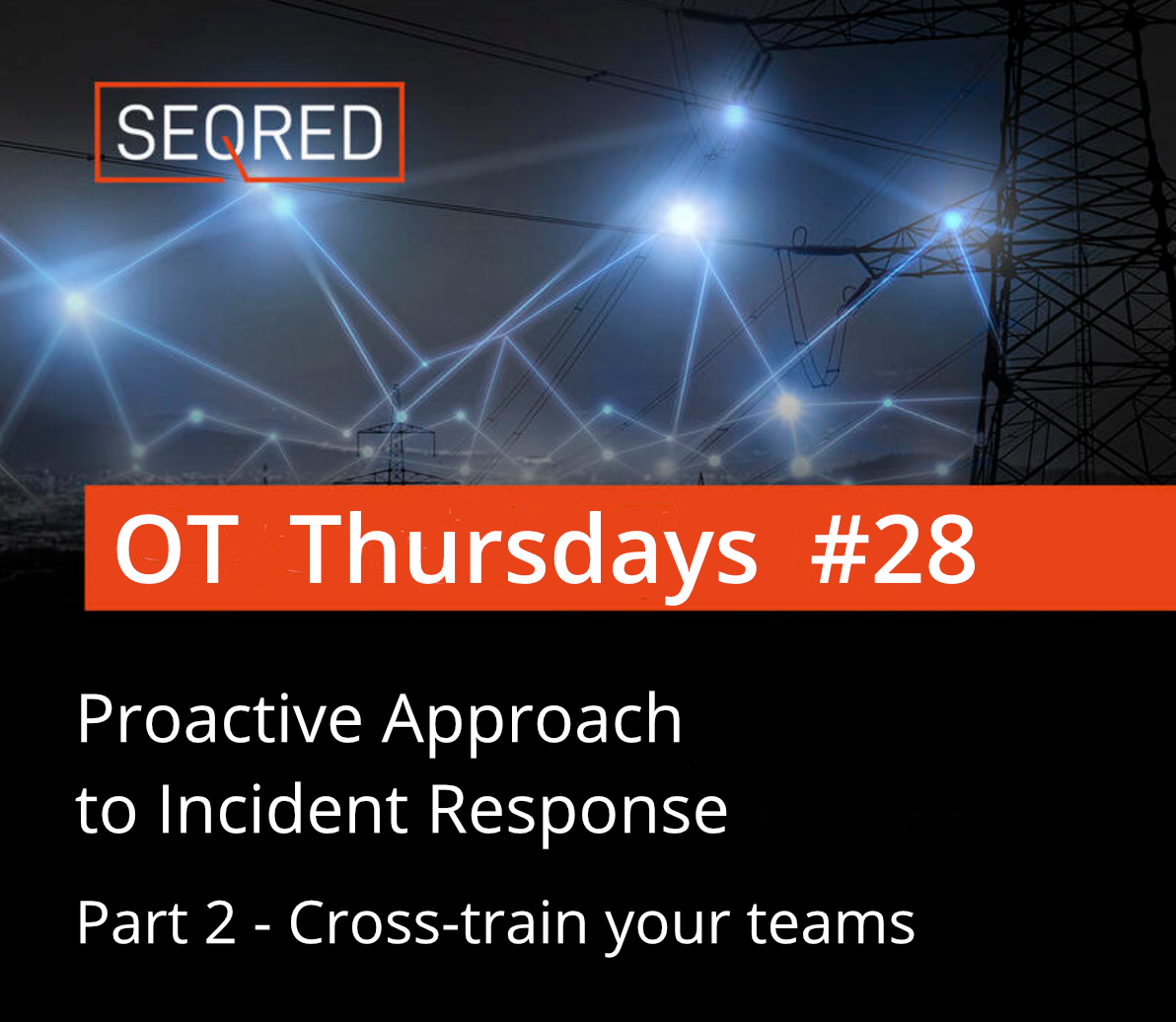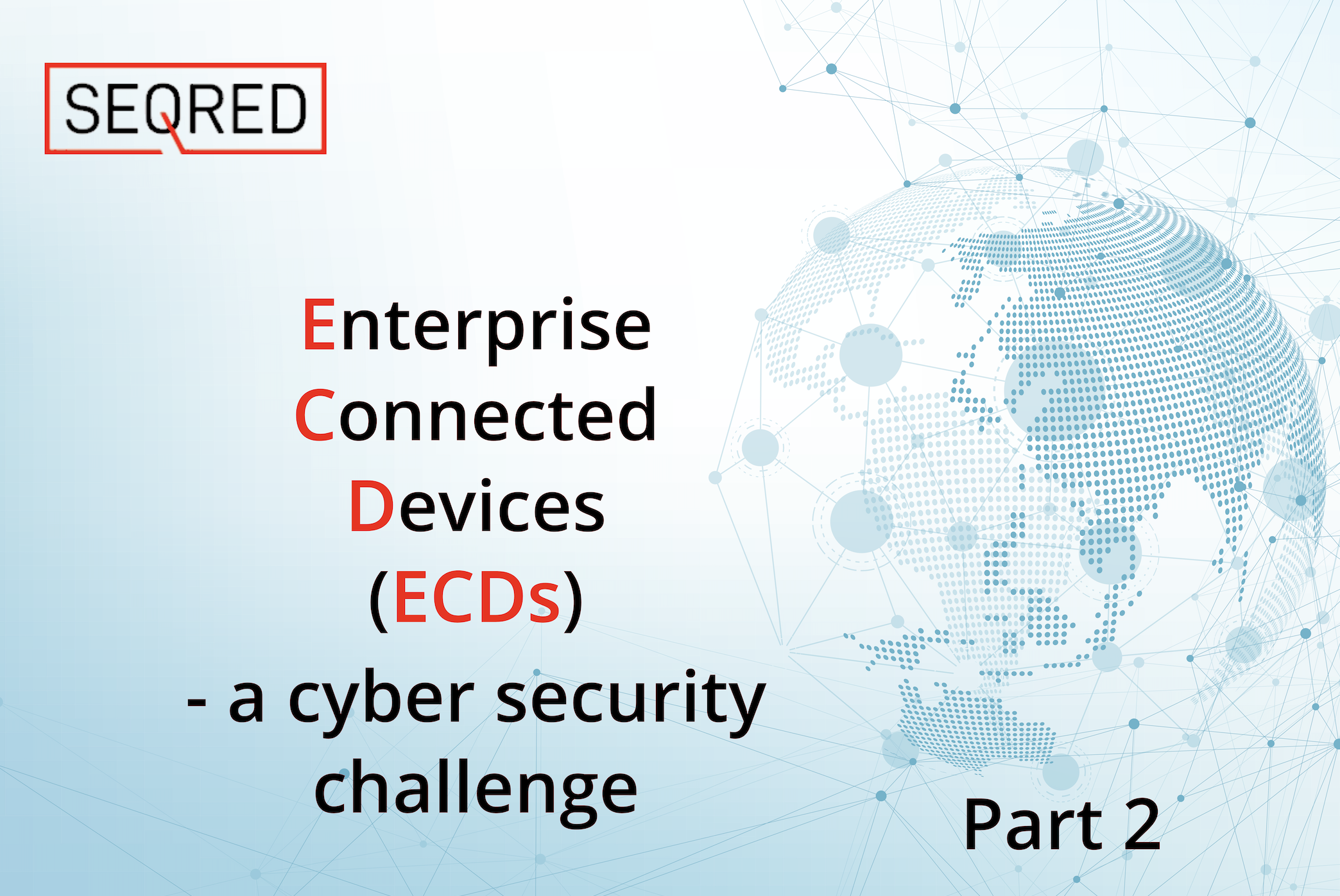Asset visibility for defendable OT

Asset visibility is a critical component of a strong OT cybersecurity strategy. It is the process of identifying and tracking all assets within an OT environment, including industrial control systems (ICS), endpoints, and network devices. There are several ways in which asset visibility builds the foundation for OT cybersecurity:
1. Asset Identification
Asset visibility provides accurate and up-to-date information about the devices, systems, and applications in the OT environment, which is critical for effective security.
2. Baseline Creation
Creating a baseline of normal behaviour for assets in the OT environment helps detect anomalies and deviations that could indicate a potential cyberattack.
3. Vulnerability Management
Asset visibility helps in identifying and prioritising vulnerabilities in the OT environment, freeing up the security teams’ resources to focus on the most critical issues first.
4. Network Segmentation
Asset visibility enables security teams to identify and segment networks based on asset function and security requirements. By segmenting the network and isolating critical assets, organisations can limit the potential for lateral movement by attackers and contain the scope of an incident.
5. Threat Detection
Asset visibility enables security teams to monitor assets for suspicious activity and detect threats that may be present in the OT environment.
6. Incident Response
In the event of a cyberattack, asset visibility enables organisations to respond quickly and effectively. By knowing which assets are on the network, organisations can identify the source and scope of an attack, contain the threat, and restore operations as quickly as possible.
7. Compliance Management
Asset visibility is a key requirement for compliance with various industry regulations and standards, such as NERC CIP, IEC 62443, and ISA/IEC 62443. By maintaining an accurate inventory of all assets, organisations can ensure they meet regulatory requirements and avoid potential penalties and fines.
8. Change Management
Asset visibility helps organisations manage changes to the OT environment, ensuring that new assets are properly configured and integrated into the security framework.
9. Patch management
Asset visibility is critical for effective patch management. By knowing which devices and systems are on the network, organisations can prioritise.
10. Risk Management
Asset visibility helps organisations understand their overall risk profile by identifying and prioritising critical assets. By knowing what devices and systems are connected to the network, organisations can assess the potential impact of an attack and take appropriate measures to mitigate those risks.
11. Business Continuity
Asset visibility is critical for maintaining business continuity in the event of a cyberattack or other disruption, allowing organisations to quickly recover and resume operations.





0 Comments